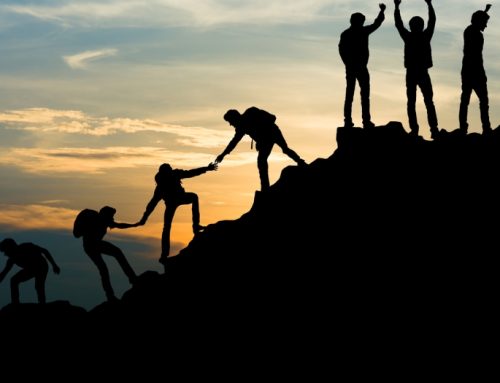There are many reasons why nonprofits may choose to target millennials in their fundraising efforts. No matter what the strategy, it’s important to keep in mind that organizations typically need different approaches when targeting this group.
Susan G. Komen looks to attract younger donors
In an interview with the Wall Street Journal, Judith Salerno, CEO, and president of Susan G. Komen said the organization was planning to target millennial donors. Amid declining donations and other issues, the nonprofit thought it was time for a new approach. Between 2012 and 2013, revenue declined by 26 percent, according to data from Guidestar and cited by the Journal. Also, the organization’s expenses outpaced its incoming funding.
“Since the breast-cancer movement started, we have what I call a little bit of middle-age syndrome. It’s time for reassessment and to really think about the way forward,” Salerno said.
According to Salerno, many donors think the breast cancer problem is close to solved and are directing their funding elsewhere.
“We have to reignite our supporters and tell them what needs are still out there. Show them some of the important things, as the need to look at potential environmental causes of breast cancer.”
To do so, they are reaching out to the next generation of donors and getting them engaged in the cause.
Charity: water engages millennials in fundraising
Salerno isn’t the only organization hoping to engage with millennials and make them lifetime givers.
Charity: water, a nonprofit with a mission to provide clean drinking water across the world, is one organization that has discovered how to do this successfully.
In an interview with Time Magazine, Scott Harrison, founder, and CEO of the nonprofit said that his peers didn’t have a very positive view of nonprofits.
“There was a real jaded view towards charities,” Harrison said. “I thought maybe a new model could bring some of these disenchanted people that are potential givers back to the table of giving.”
To more effectively reach the generation, which has grown up with social media and networking, Charity: water came up with an alternative to the traditional fundraising scheme. Rather than simply asking for donations, the organization involves millennials in the fundraising process. The nonprofit created my charity: water, an online fundraising platform that allows users to create campaigns on behalf of the nonprofit. In other words, rather than just asking for money, Charity: water asks people to contribute their voices.
According to Time, the approach seems to be successful. Since the online fundraising platform was implemented in 2009, users have generated close to $20 million. Most donations are less than $100.
How to engage millennial donors
As Charity: water has pointed out, it’s important to take into account how millennials perceive charitable organizations. According to “The Millennial Impact Report,” this generation is less likely to support institutions and more likely to support causes. Millennials also want to know how their funding is being used and desire transparency from the organization regarding its impact.
Millennials tend to have a different perception of what charity means. In addition to making donations, this group sees investing time and using their voices and networks are also significant contributions. This is why Charity: water’s fundraising approach works so well, but it’s also why engaging with young people on social media is so important. Even if individuals don’t feel as though they are in a position to contribute, they will share a message with their networks.
Also, they are likely to conduct their own research on an organization, which means nonprofits that have a wealth of materials on their websites may be more likely to gain the support of a millennial donor.
Above all, millennials want information. Since they grew up in an information-rich environment, they expect nonprofit organizations to be able to provide data. Maintaining figures related to impact and using it to create content could be very important to gain the trust of this group. Business intelligence software that helps nonprofits measure their impact is a great way for charities to maintain the kind of information millennials want. On top of that, it makes it easier to make improvements over time.












